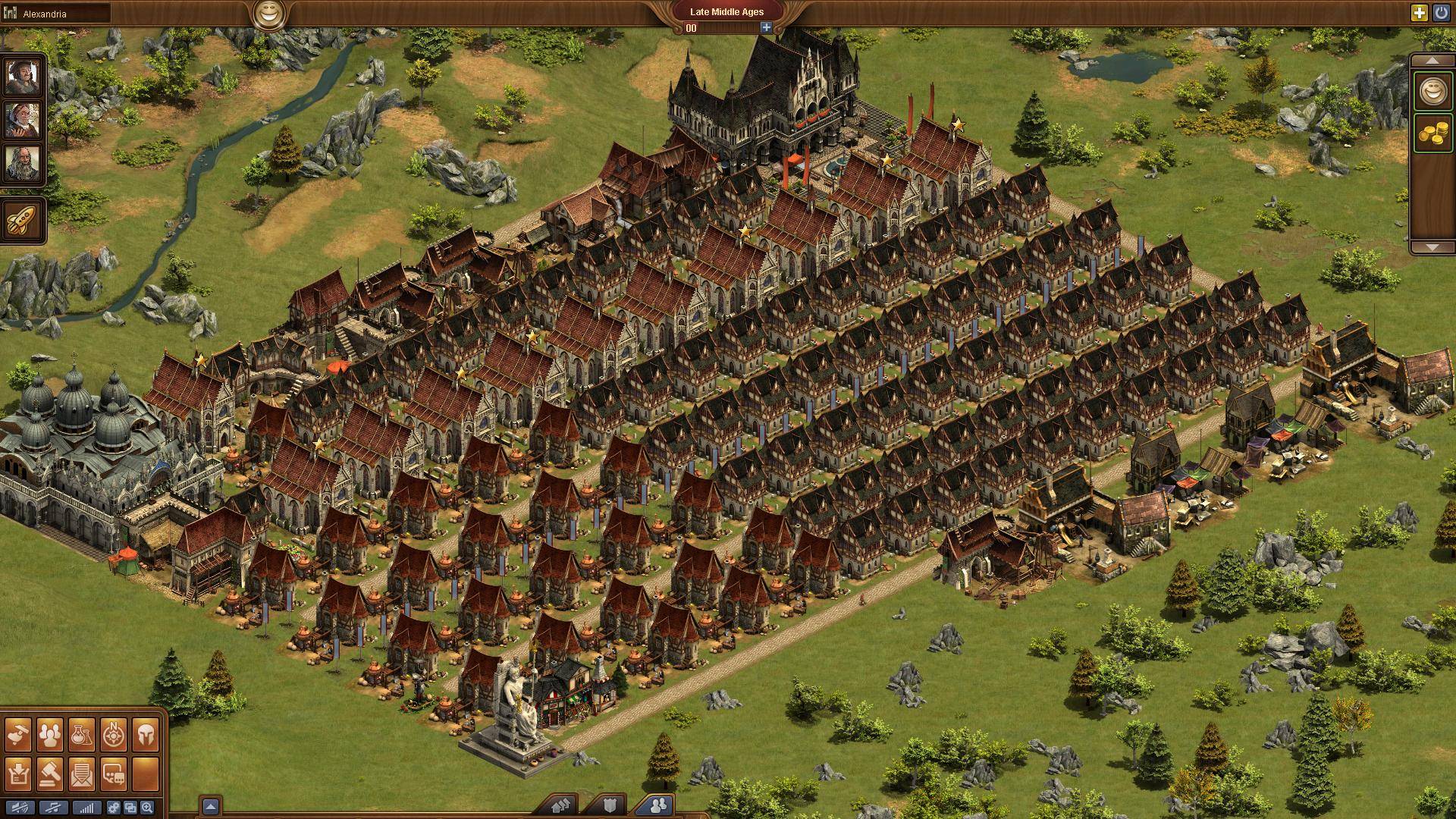


To use these you must have the required components on-hand, in the beginning this is just coins and supplies but in later eras you’ll also need unrefined goods as well. They will produce the specific good that they imply or state in their name, ie: a lumber mill will create lumber and a weaving mill will create cloth, etc. Goods Buildings: These buildings require you to have the correct boosted good on the continent map (c-map) in order to produce goods efficiently.There are a several ways to create goods on your own: goods buildings, great buildings (GBs), special production buildings, event buildings, questing, and rewards. Just for clarity, this is only discussing goods that can be traded, so special goods like promethium from Arctic Future (AF) and beyond are not included. I’m going to first break this into a few quick sections for review, or perhaps education if you’re very new to the game, so that we can all be on the same page for the more abstract parts. Lets take a deeper dive into the economy surrounding goods though, and don’t worry if this seems really abstract–it is. Why is that? Well, the short answer is that it’s harder to get a dense goods-per-square ratio of space than it is FPs.

This is because while there are sufficient resources to make a lot of FPs, and the inclusion of Arc makes it possible to bank, invest, and profit thousands more FPs goods are a much costlier resource. The reality though is that FPs really only drive a small portion of things in the game, and the real economy is centered around goods. When one mentions the economy in Forge of Empires, likely the first thing to pop into your head are Forge Points (FPs).


 0 kommentar(er)
0 kommentar(er)
